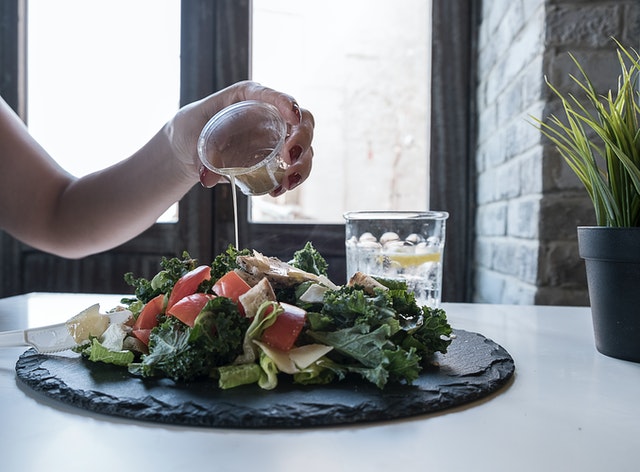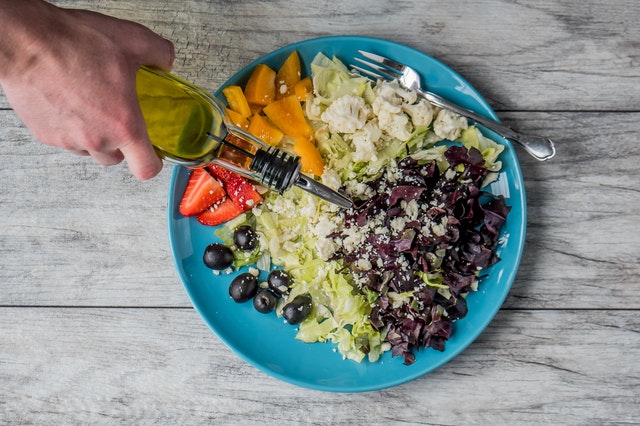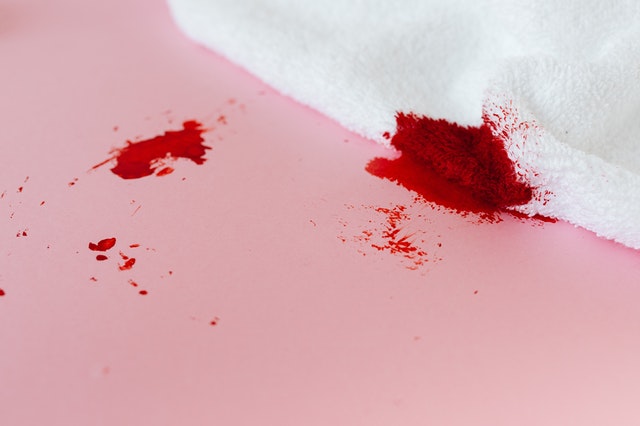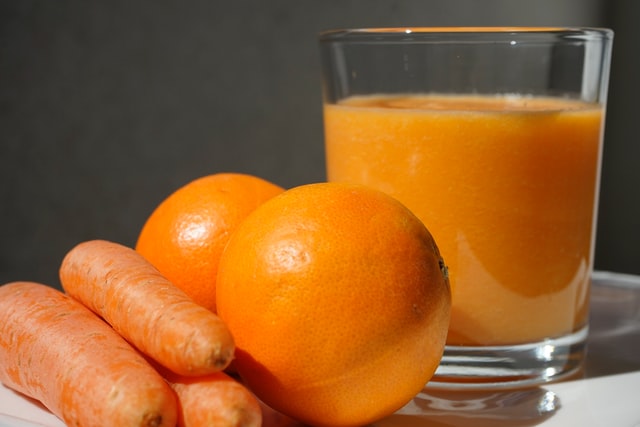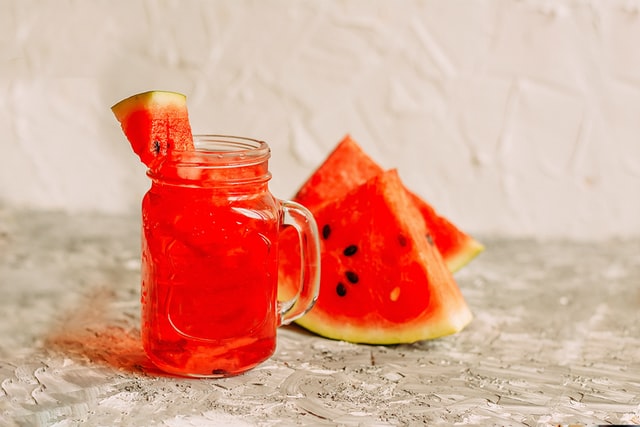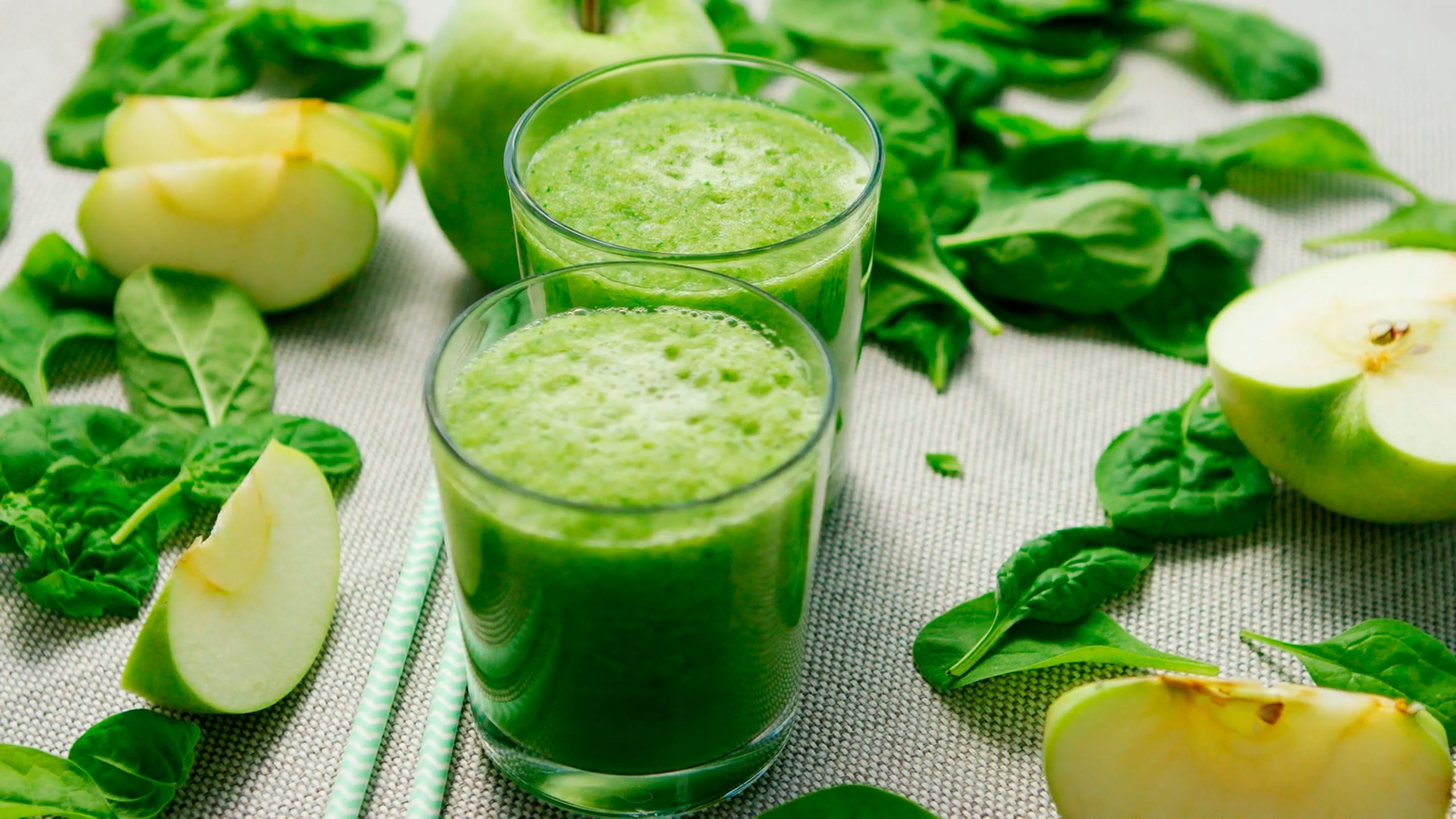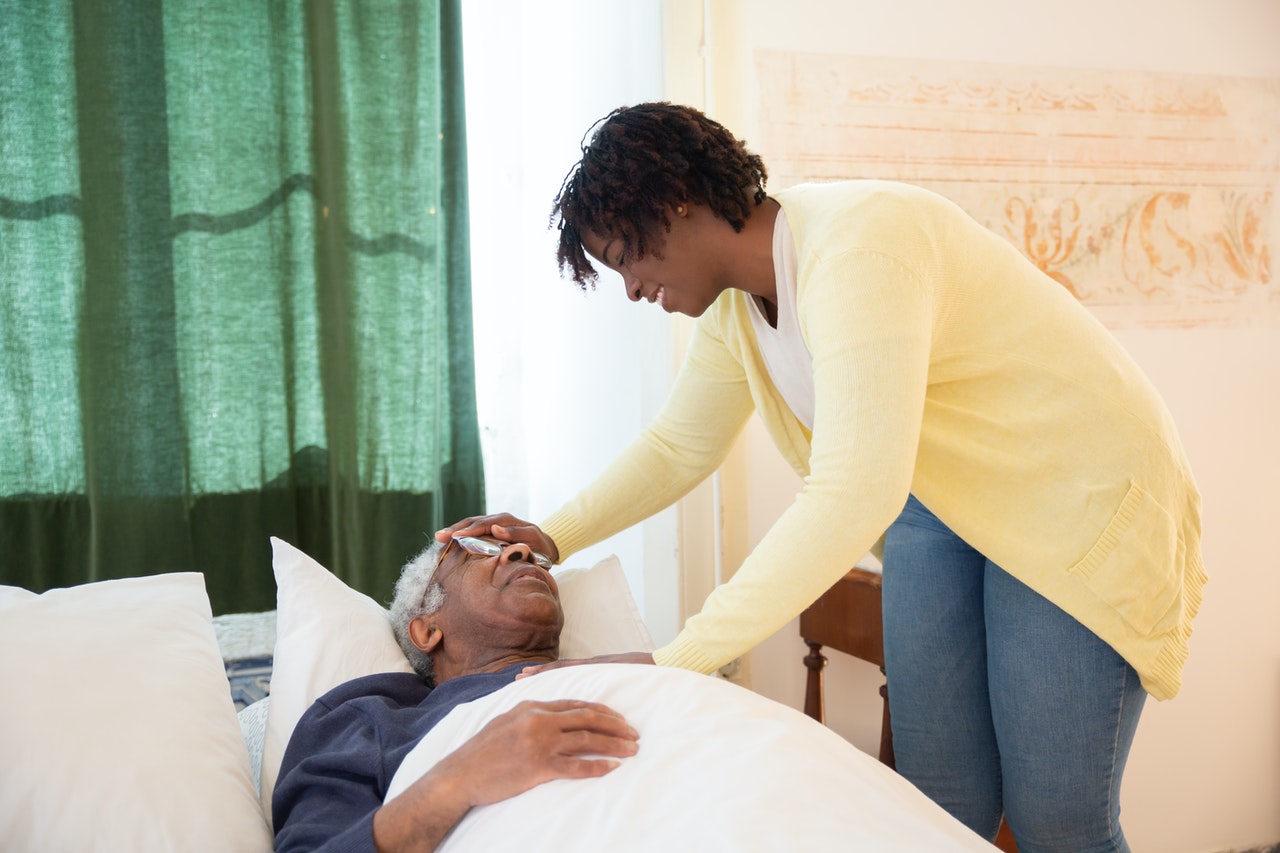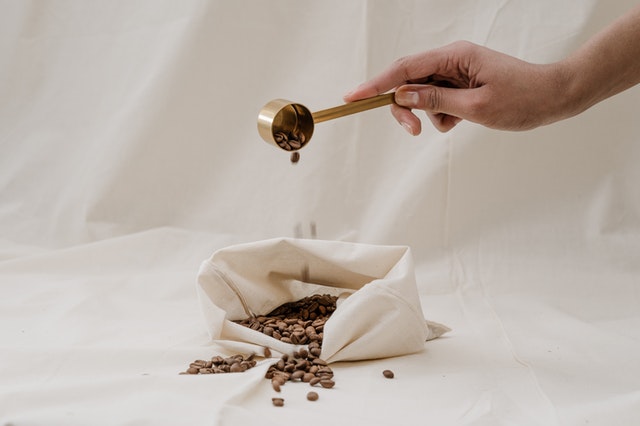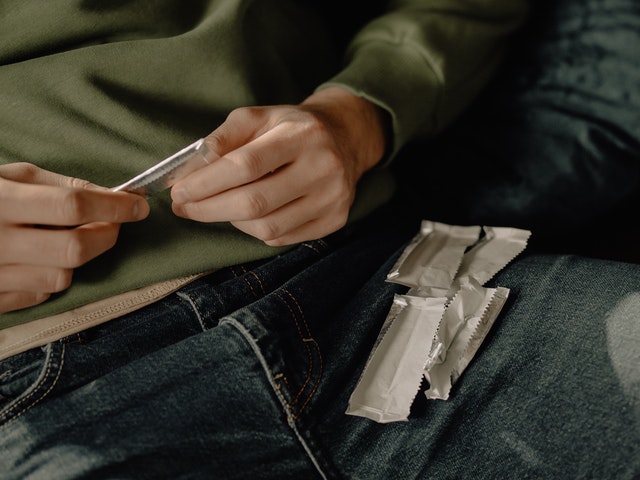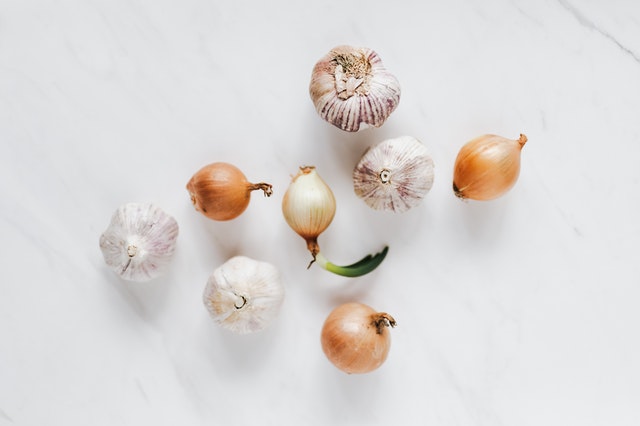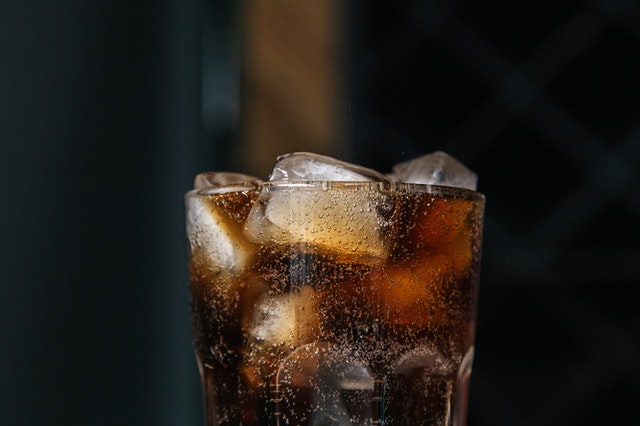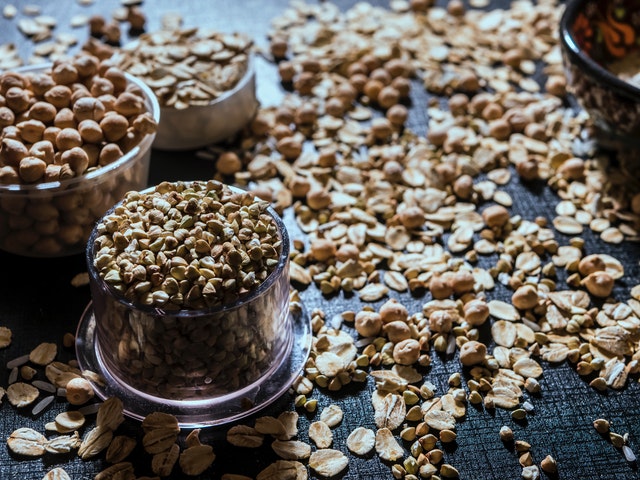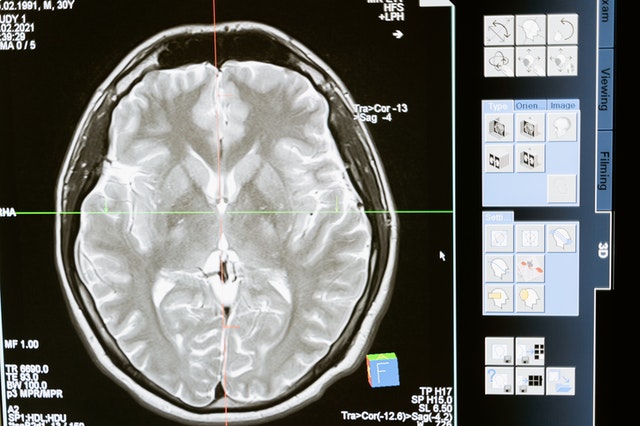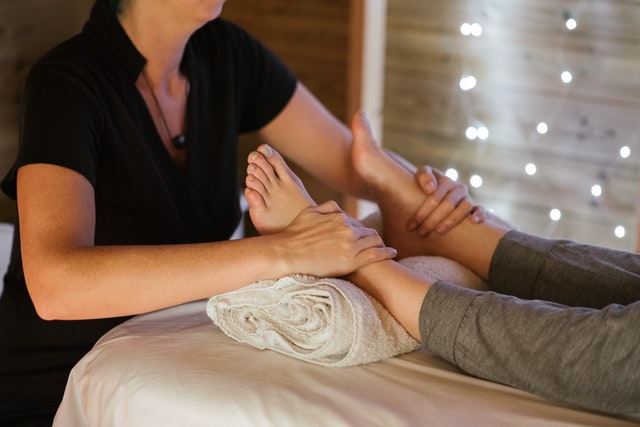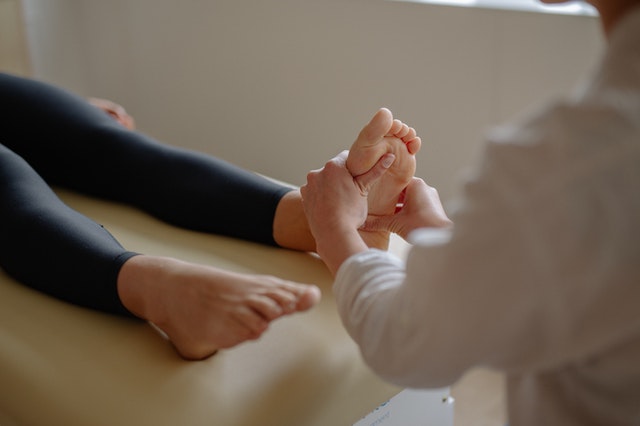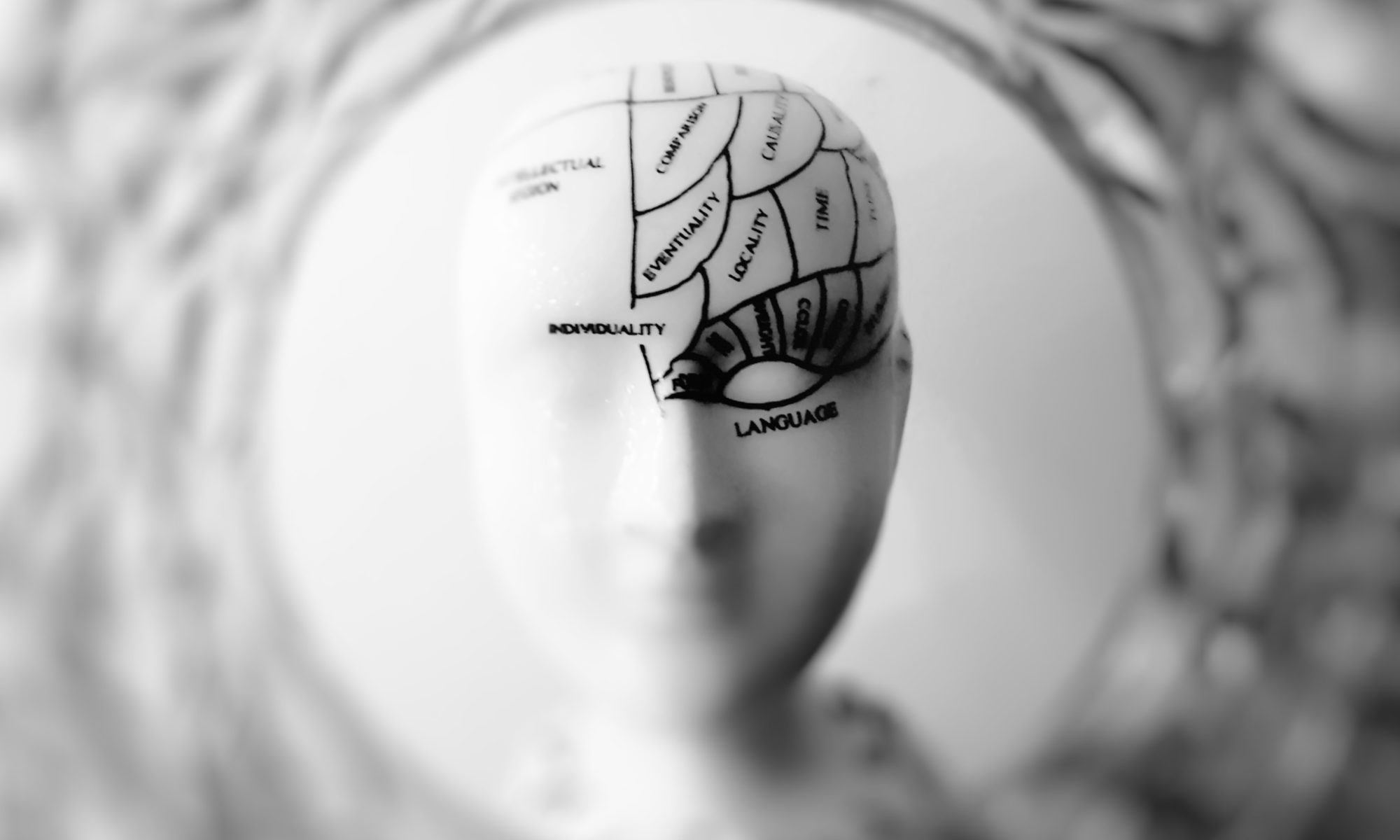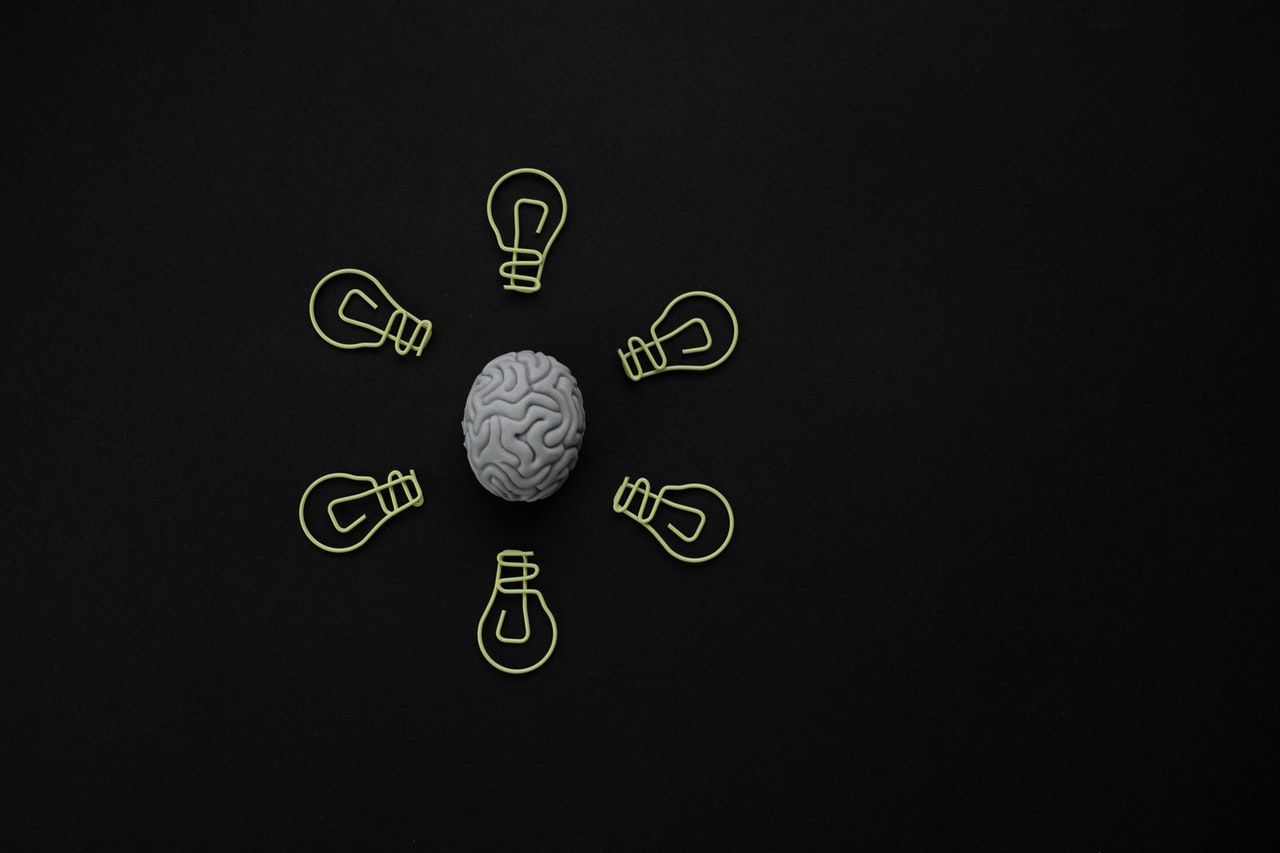Are you missing your morning coffee? It’s one of the hardest things to give up when the doctor says so. The good news is that you don’t need caffeine to enjoy a spring in your step. Try these tips instead.
1. Drink a Cool Glass of Water
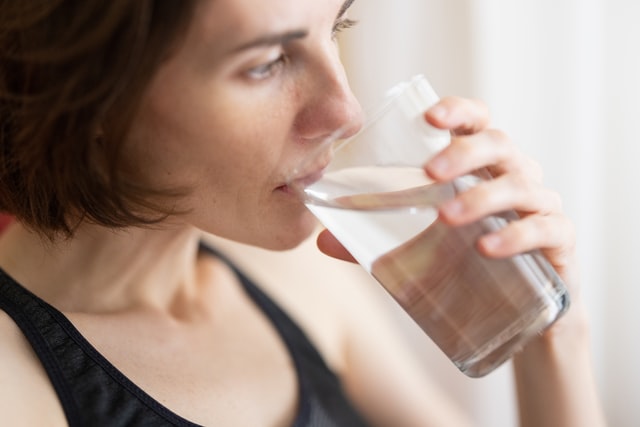
I honestly didn’t believe this would work until I tried it myself. It’s amazing!
Before you get dressed for work or eat breakfast, drink a glass of cold water. It makes you feel alert and energized in no time.
Most people wake up dehydrated, which is why we feel sluggish and tired in the morning. Staying hydrated gets your brain in gear when you start to feel sleepy at work.
2. Get Moving

You know that your body requires a constant supply of oxygen, but do you know why? Oxygen helps your cells produce energy. The more oxygen floating around, the more energized you feel. It’s like connecting a charger to your phone’s battery.
To give oxygen levels a boost, do cardio exercises:
- Turn on some swing music or salsa and dance around in your socks
- Take your dog for a 10-minute walk
- Walk up and down the stairs at work a few times.
Any exercise that increases your heart rate can wake you up and increase your energy levels. It doesn't need to take a ton of time.
3. Eat Something Crunchy or Chewy
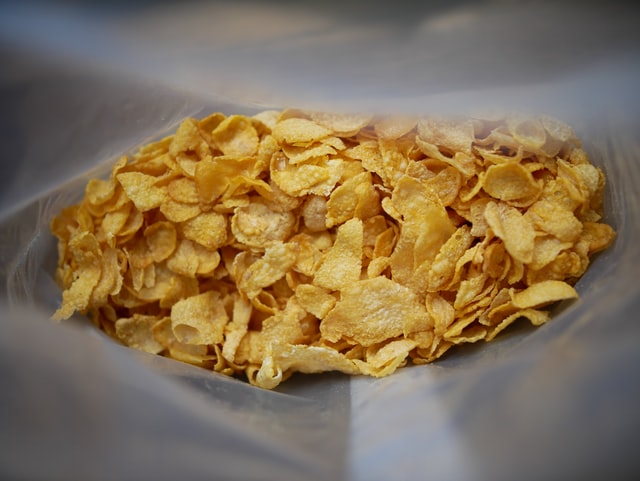
The next time you feel like you’re going to doze off during an important meeting, head to your desk for just a second and munch on a quick snack. The crunchier or chewier the better.
Just chewing makes you feel more alert. Plus, it boosts the blood flow to your brain, giving you supercharged mental focus. Personally, baby carrots, apple wedges, celery sticks or almonds do the trick. Some people like chewing gum more.
4. Skip the Sugar and Grab Some Protein

Many people reach for a candy bar when they’re feeling drained. This is one of the worst things you can do. Sugary foods give you a sudden rush of energy, but it doesn’t last long. After that short spike of blood sugar comes a depressing, exhausting crash that makes you want to sleep all afternoon.
Protein has the opposite effect. Instead of making you crash, it keeps you going strong for hours. Here are my favorite sources of quick and easy protein:
- Jerky
- Peanut butter and celery
- Almonds, cashews, pistachios and peanuts
- Pumpkin seeds
- Greek yogurt
- Portions of favorite cheese
- Hummus with veggies
If sugar is a matchstick, then protein is a candle. A little protein snack keeps you satisfied all morning or all afternoon. You can concentrate better on your work and get project after project checked off your to-do list.
Fatigue Isn’t “Normal”

Some people feel tired so often that they start to think it’s normal. “Everybody is exhausted right now,” they say. I’m here to tell you that it’s a bunch of baloney.
If you’re tired all the time, it means your body is running low on nutrients, your muscles are begging for more physical activity or you’re having trouble sleeping.
Find out what’s tiring you out and do something about it! These tips can get your blood pumping again, and that feels amazing.




